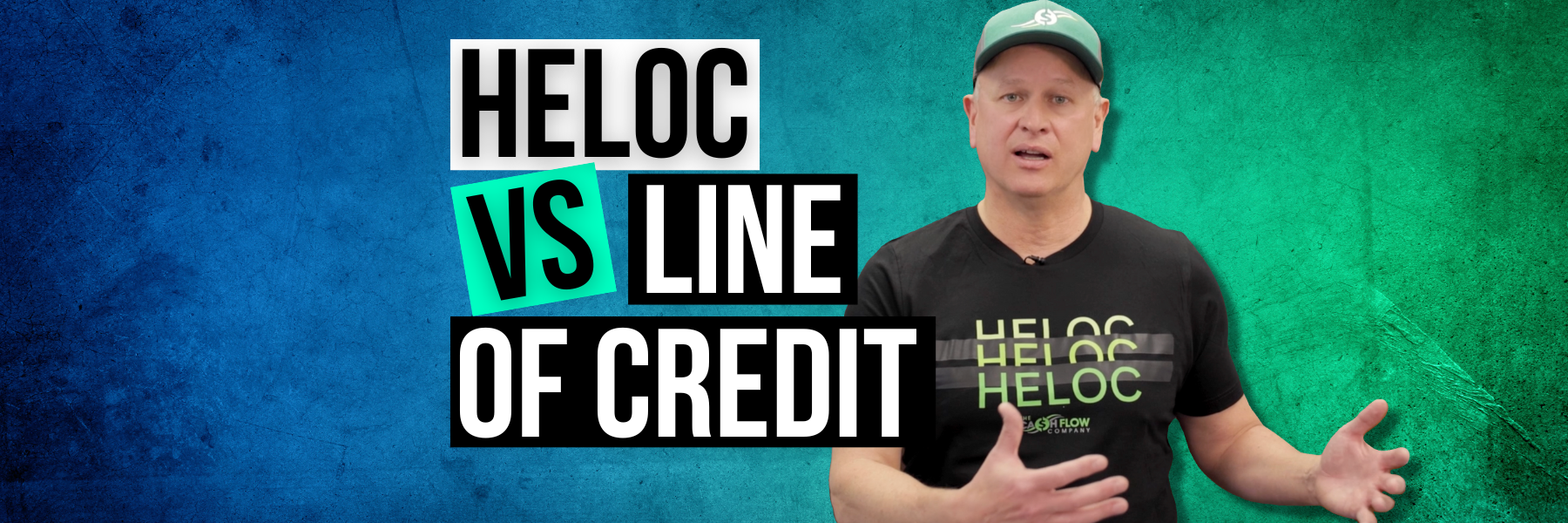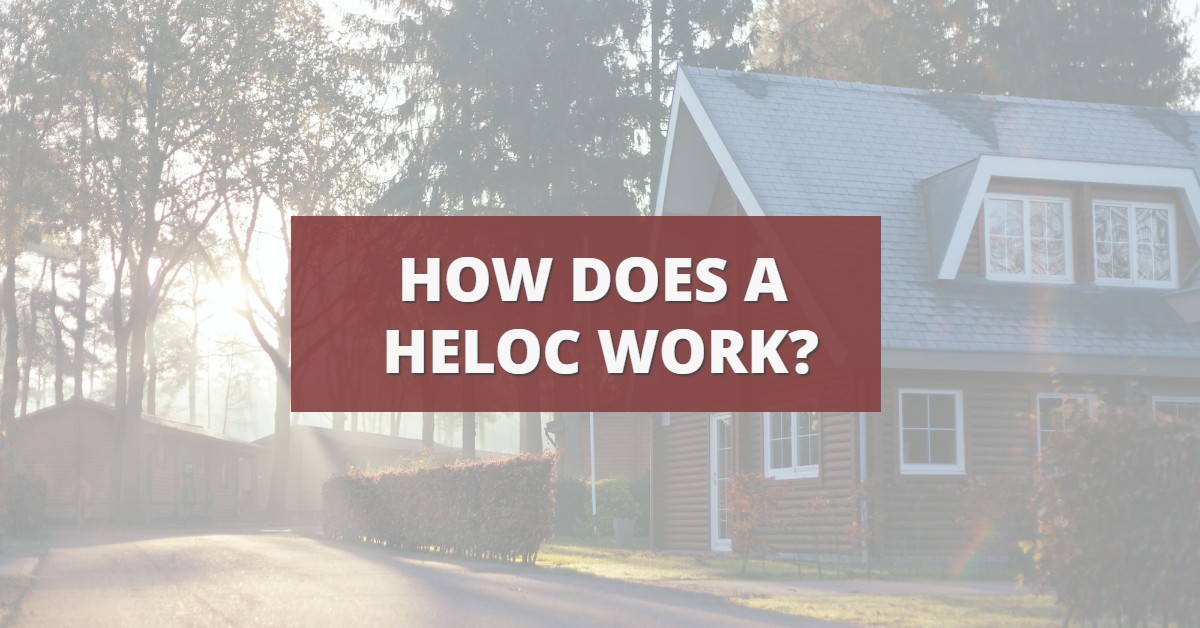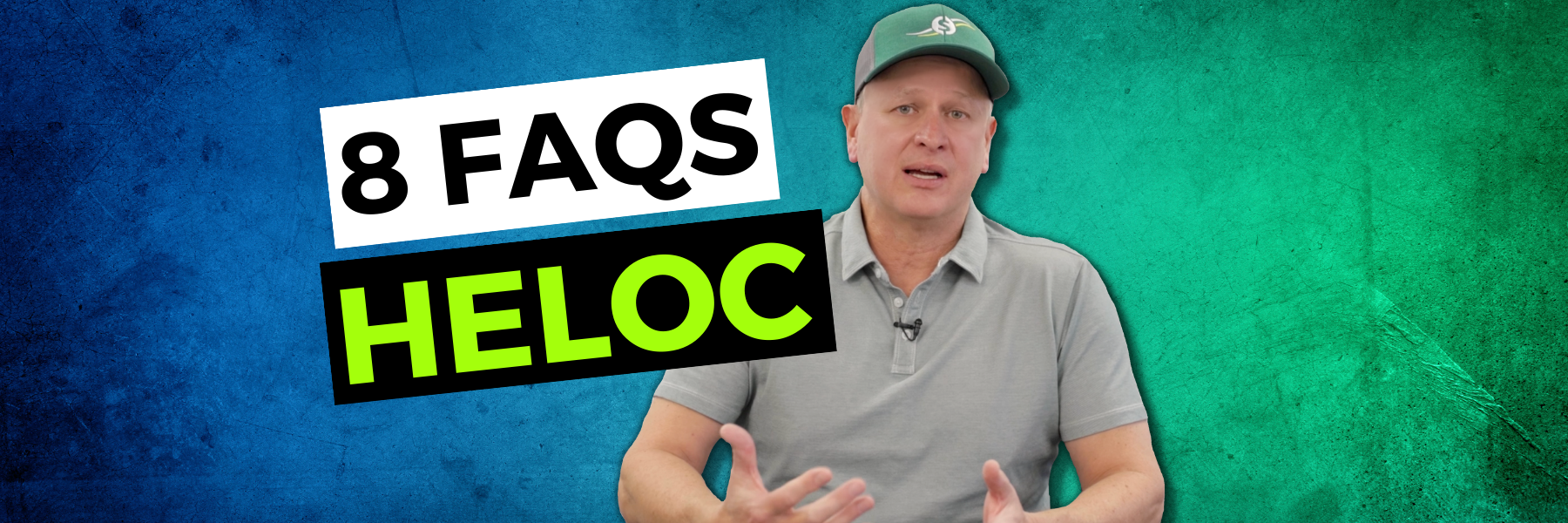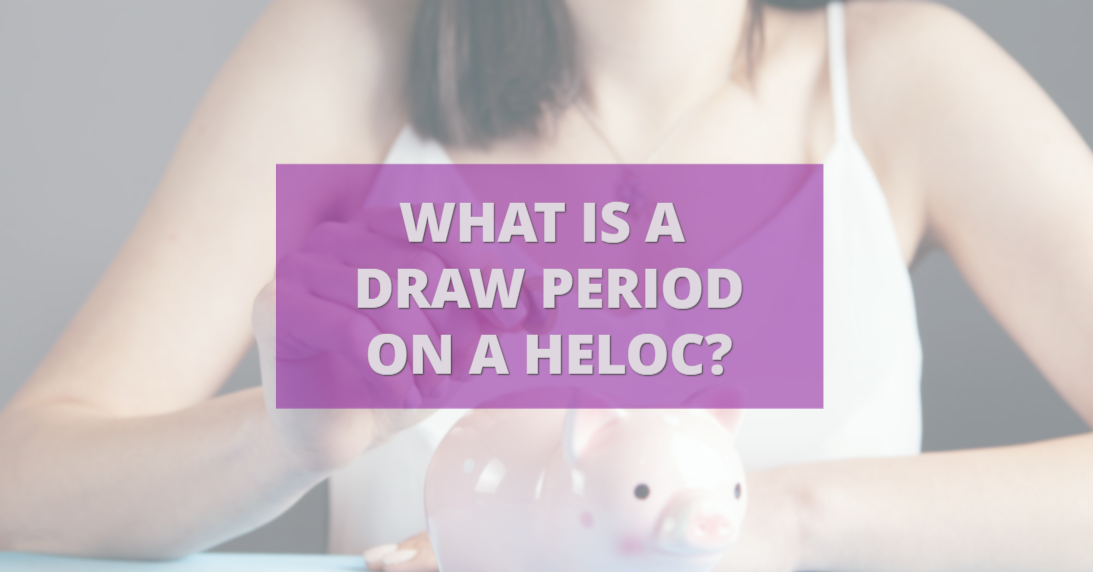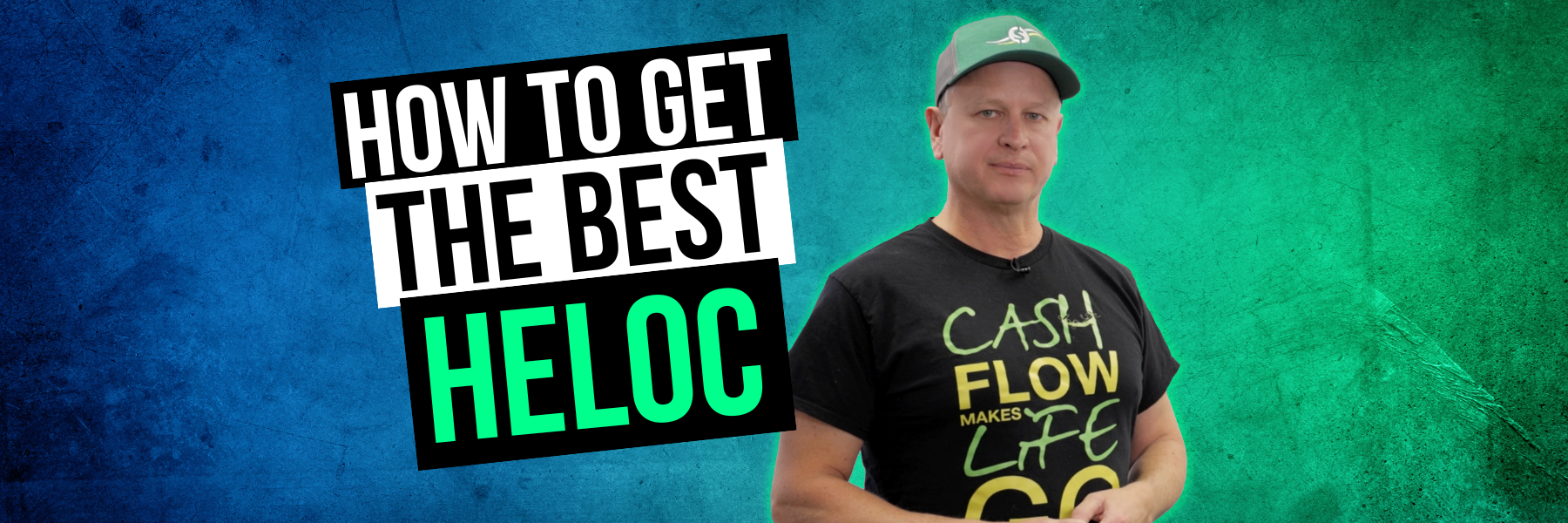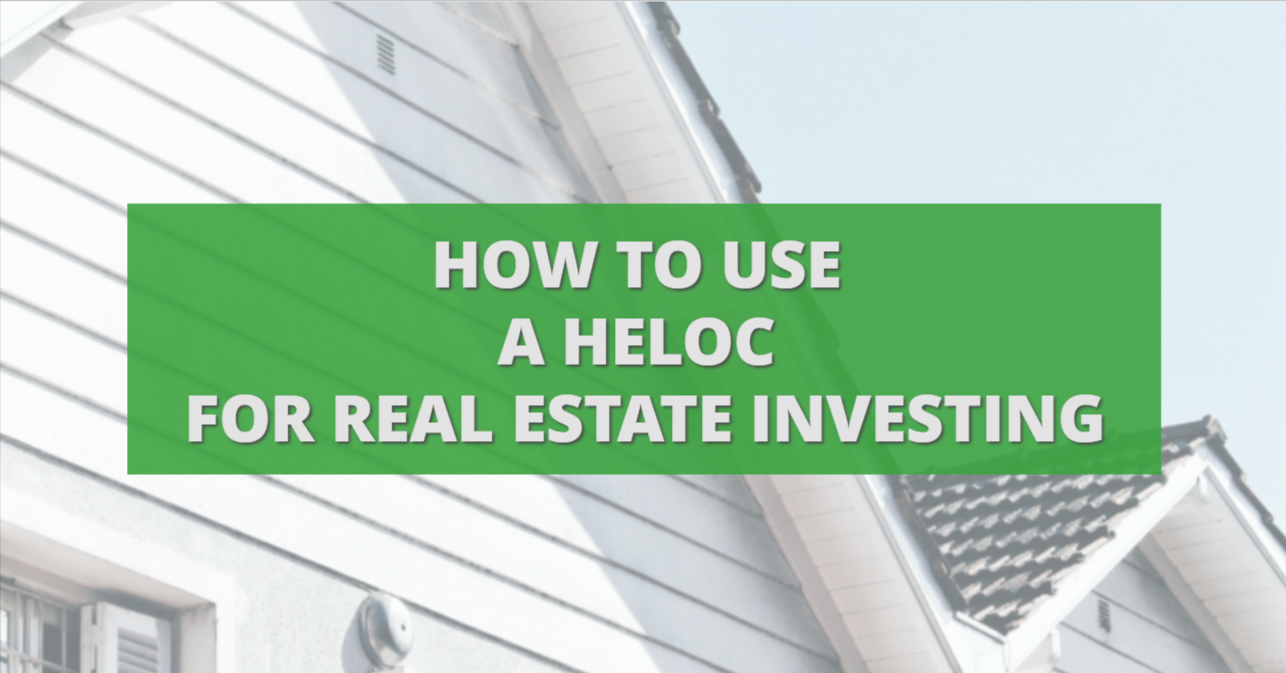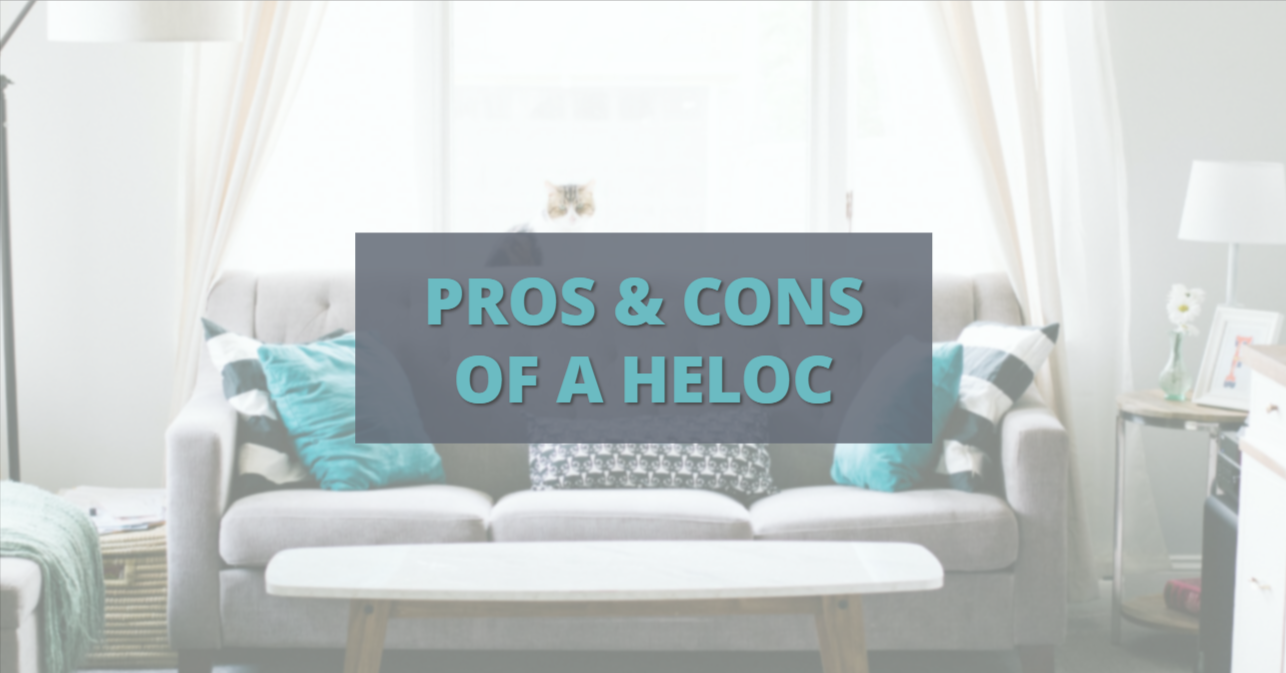These funds can supercharge your real estate investments, but which is better: a bank line of credit vs HELOC?
Lines of credit are one of the most powerful tools a real estate investor could keep in their toolbelt – whether a bank line of credit or home equity line of credit.
Let’s go over why these are so powerful, how to put them into practice in your business, and what the difference is between a bank line of credit vs HELOC.
Example of Using a Line of Credit for Real Estate Investing
Here’s a story about the power lines of credit brings to real estate investing:
A client called us recently who purchased 34 units last year. He’s kept them all for rentals.
That’s an incredible volume of properties for one year! I had to ask him, “What’s your secret?”
It’s simple: he has a $600,000 line of credit on his other properties. So when deals come up from wholesalers and realtors, they call him first because they know he can use this line and close within days.
In total, he owns 124 units. His first goal was 100, now it’s 200. And he says the power behind all of it is that of credit.
But he didn’t start out this way. He began just four years ago with zero properties. Let’s look at how you can get started with lines of credit.
Bank Line of Credit vs HELOC – What Are They?
There are two types of lines of credit you can look at as a real estate investor: bank lines of credit vs HELOCs.
A HELOC (home equity line of credit) can go on each unit you own. This goes for your owner-occupied home, or each of your rentals.
A bank line of credit is one line of credit on multiple properties. This is how investors get huge lines of credit to purchase properties anytime, anywhere – like the previous example of our client.
The flexibility of either of these lines of credit is unmatched. You can use these funds to:
- Close on a property at auction, where traditional financing takes too much time.
- Use it for your rehab costs, instead of putting in escrow draw requests to your lenders.
- Paying contractors, other payroll, overages, or other business expenses that a primary loan may not cover.
What a Bank Line of Credit vs HELOC Have In Common
Both lines of credit are a mortgage, or lien, on a property, typically in junior position. This means there’s usually a mortgage on the property already, so the lien for this line of credit comes in second position.
Lines of credit don’t work like a loan, where you take out the money, pay it back, and you’re done. These lines of credit work more like a credit card. You can take the money out, then pay it back, then take some more out, and re-use it over and over.
Also different from a loan, with a line of credit you never have to ask permission to use them. You don’t have to re-qualify each time you do a deal.
Lines of credit give you speed and flexibility in your real estate career.
Differences in Lines of Credit
So what’s the difference between a true bank line of credit for your business and HELOCs?
Let’s go over 5 key differences you should know.
1. Qualifying for a Line of Credit vs HELOC
Typically with a bank line of credit, which is a line of credit on one or multiple properties, you could have one line of credit that covers all of your properties or just part of them. You have that flexibility. But, in order to qualify, you also have to provide all the paperwork, taxes, and everything a bank usually requires.
For a HELOC, qualifying is usually just as simple as getting an estimate or value on your property, and having a good credit score. There is often minimal paperwork and little concern about your income.
2. Applying
One major benefit of a HELOC is once you get one, they’re good for a set draw period. That period is usually 5 or 10 years. So once you get it, you have it at your disposal for that timeframe. You can use it over and over.
A bank line of credit that goes through your business is less set-it-and-forget-it. Some banks will want to look at your financials every year, and some every two years. You’ll have to re-qualify every couple of years.
With a bank line of credit, you have to bring in your paperwork every few years, so you have to be sure your business stays profitable. They also re-evaluate the property’s value, which can be pro or con depending on the market.
3. LTVs on a Bank Line of Credit vs HELOC
What are they going to lend you? A HELOC on a non-owner-occupied property usually maxes out at 70% of your equity. In owner-occupied, that could be up to 80%.
Depending on your credit and your properties, a bank line of credit will probably have a maximum LTV of 75% average overall on the properties.
The LTVs on these two lines of credit aren’t that different. It’s more important that, whichever option you go with, you shop around to maximize your loan-to-value.
4. Costs
Typically, a HELOC costs a few hundred dollars to open up. So each property you put a HELOC on will have its own fees (the couple hundred bucks) and requirements every time. But remember, this lasts for 5-10 years, or until whenever you refinance it.
The cost for a bank line of credit will be somewhere between one and one and a half percent. They may need some appraisals to approve it. And remember – since it’s only a 1-2 year limit on bank lines of credit, these charges will happen at least every 2 years.
5. Source
Now, the biggest benefit of a bank line of credit: it’s in one source.
For HELOCs, you have a small amount available on each property. So if you need a large amount, you’ll have to go to each bank or credit union and pull out the amounts. You’ll have different accounts at different banks that you’ll have to manage the payments on. You may have two HELOCs, or you might have 10 – and you might have to put all 10 together to get enough funds for what you need.
How the Find the Best Line of Credit
The benefits of a HELOC: they’re fast, easy, and they’ll stay there for 10 years.
For a bank line of credit, you have all your funds from one source, but every year or two, you have to requalify.
So they both have their benefits, and they both have their uses. Whatever makes sense for you is what you should be focused on.
It’s sometimes hard to figure out what’s best and what banks will work with you. That’s what we could do here at the cash flow company. We keep in touch with banks to find the best credit options for investors.
If you have a question or you need someone to help find the best line of credit for you, reach out at Info@TheCashFlowCompany.com. We’d be glad to help.
For more on real estate investing, you can check out our Youtube videos here.

